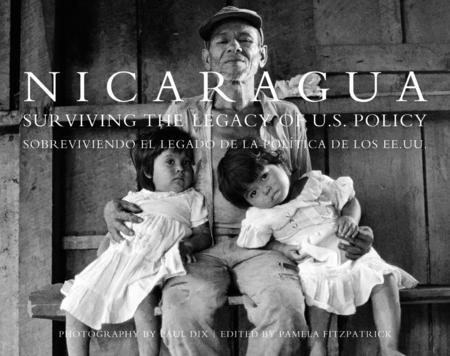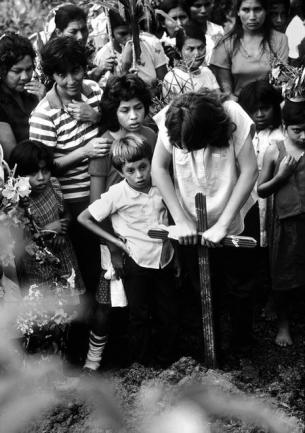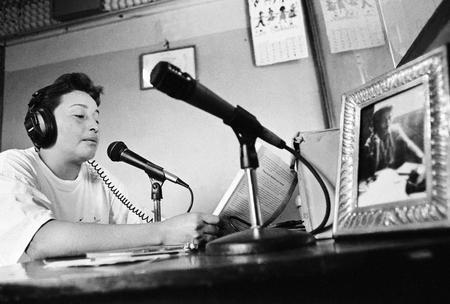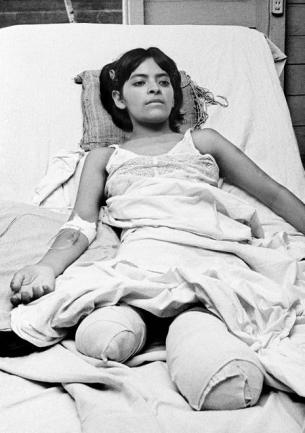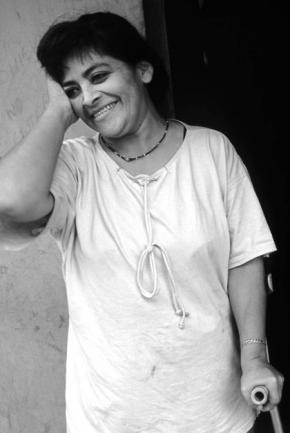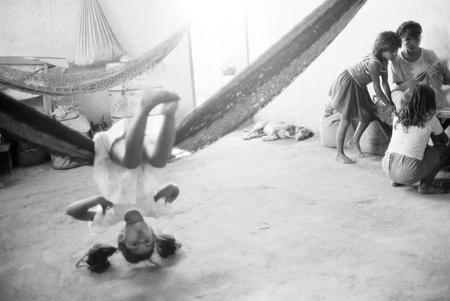U.S. photographer Paul Dix and editor Pamela Fitzpatrick recently published the book, Nicaragua: Surviving the Legacy of U.S. Policy. The book evokes the horrific legacy of the Contra war through individual testimonies of everyday Nicaraguans who survived the war that killed over 200,000 people over 20 years ago. In it, Dix revisits war survivors that he photographed in the 1980s and brings us up to date with their lives through a mixture of thought-provoking narratives and images. He adroitly slips between the past and the present, and juxtaposes moving and sometimes graphic images of the survivors as young men and women, and later as adults, with their unsettling testimonies of the war. In the process, Dix unflinchingly depicts the trauma that the Contra war wrought in the lives of so many Nicaraguans, and the continuing legacy of U.S. policy in the region. Photojournalist Paul Jeffrey reviewed the book in the latest NACLA Report. The following collection of photos from the book were all taken by Dix.
Nicaragua: Surviving the Legacy of U.S. Policy (Photo Essay)
Photographer Paul Dix is a freelance photographer documenting social justice and U.S. foreign policy issues. He divides his time between Oregon and Montana. Pamela Fitzpatrick has worked as a teacher and director of the Women, Infants, & Children Nutrition Program (WIC). She resides in Oregon and Montana. For more about the book, Nicaragua: Surviving the Legacy of U.S. Policy, visit the website, nicaraguaphototestimony.org. Some of the caption text was taken from Paul Jeffrey's review of the book. To read the full review see the September/October 2011 NACLA Report, "The Politics of Human Rights."



